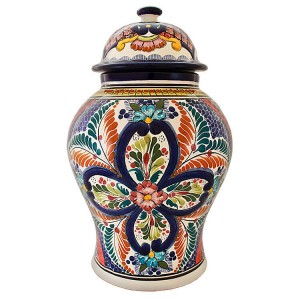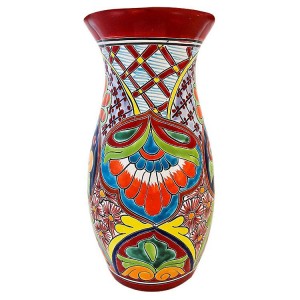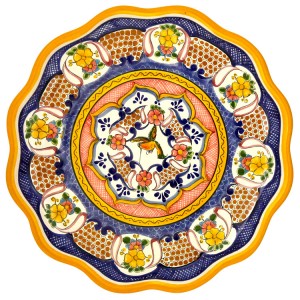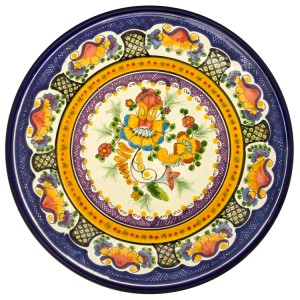 We live in a world where technology, Internet and LCD screens are everyday conversation. But some people like to take us a break and enjoy the simple things that have been with us for many centuries. In Mexico we are very proud of our Mexican pottery
We live in a world where technology, Internet and LCD screens are everyday conversation. But some people like to take us a break and enjoy the simple things that have been with us for many centuries. In Mexico we are very proud of our Mexican pottery
The pottery was used by our ancestors for everyday use, but also as part of their religious rites. So we can find a wide variety of ways, because although they could be used to bring water, were also placed proudly in the center of the ceremonies that took place.
An authentic pottery is made entirely by hand, using techniques that our ancestors discovered and that even today are passed by tradition from grandfather to childs. While today are manufactured in serie the fake ceramic, for do a real ceramic is required about a month of work.
Clay usually used for processing, so we can ensure a very strong product that will stand the test of time. Originally this material was used to keep water cool, then before the intense heat of this country, they had a way to maintain a good temperature this vital liquid.
The crafts used for daily use are usually brown, keeping the color of the earth. But for decorating the home is unusual to keep that color, it is common that is decorated with colors that give it new life.
There are different types of Mexican pottery throughout the country, each region has its own style that characterizes it. For example, there Talavera Puebla, which is valued worldwide for its beauty and level of complexity in their development.
If you come to Mexico, you can visit the many states out there. Everyone has their own style, so you probably end up finding something according to your tastes and needs. We have crafts of all sizes and colors for your home.
In conclusion, in Mexico we are very proud of our ceramics. Has a unique globally which is prized by people who know art. Do not be fooled by imitations, the real is reality by craftsmen who are still using ancient methods.



